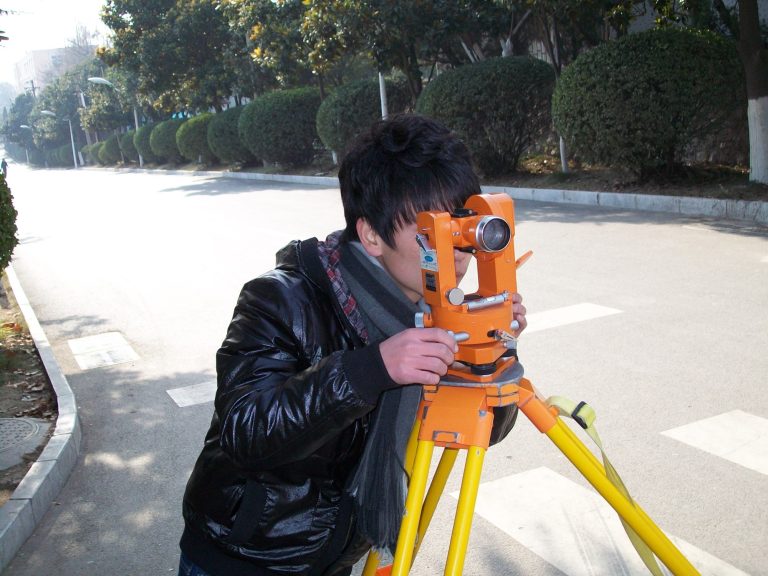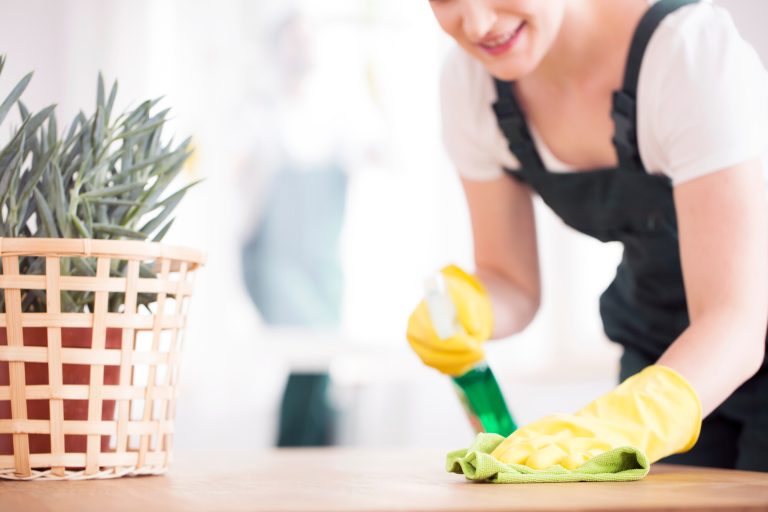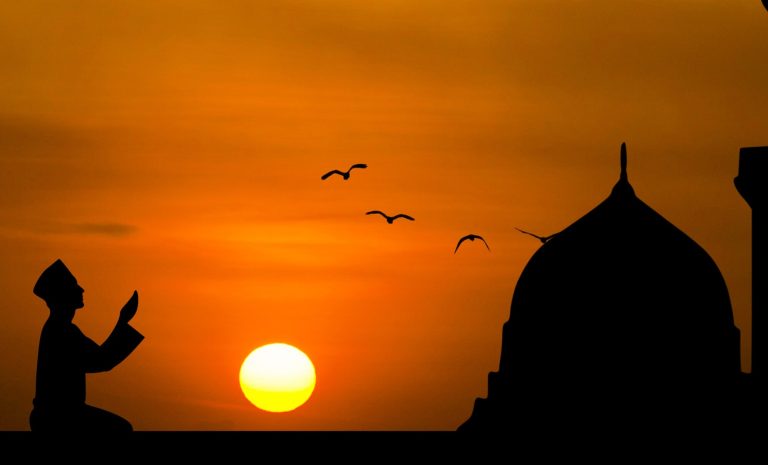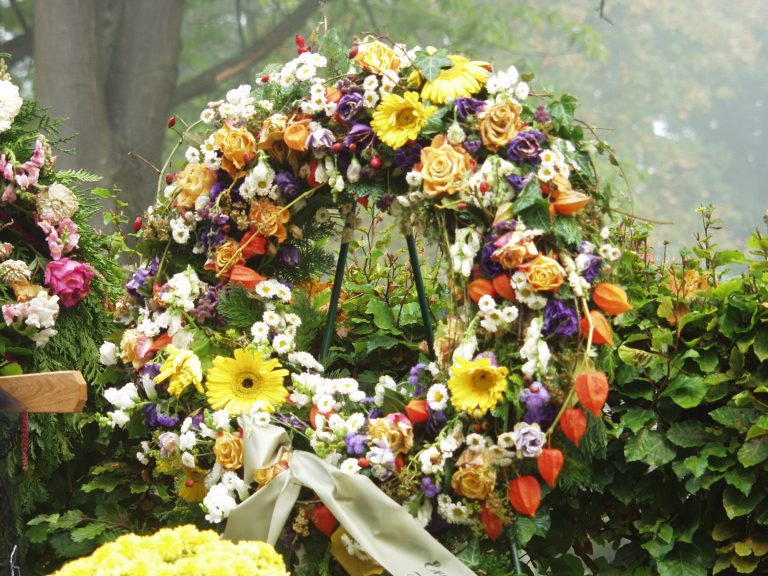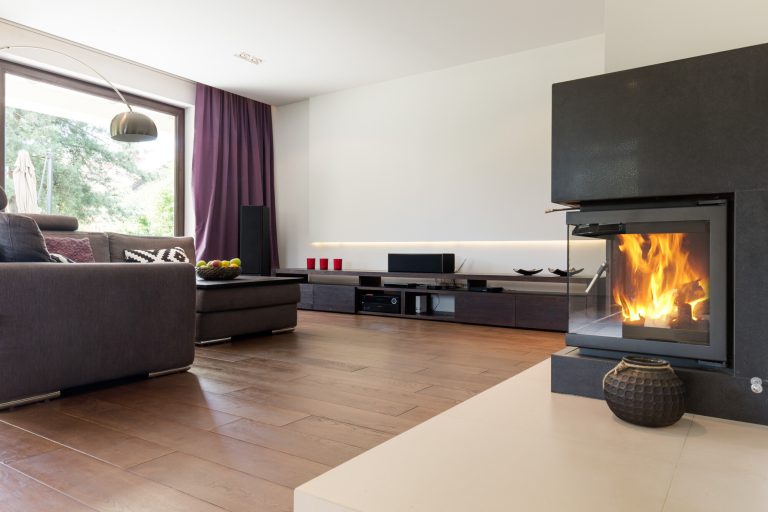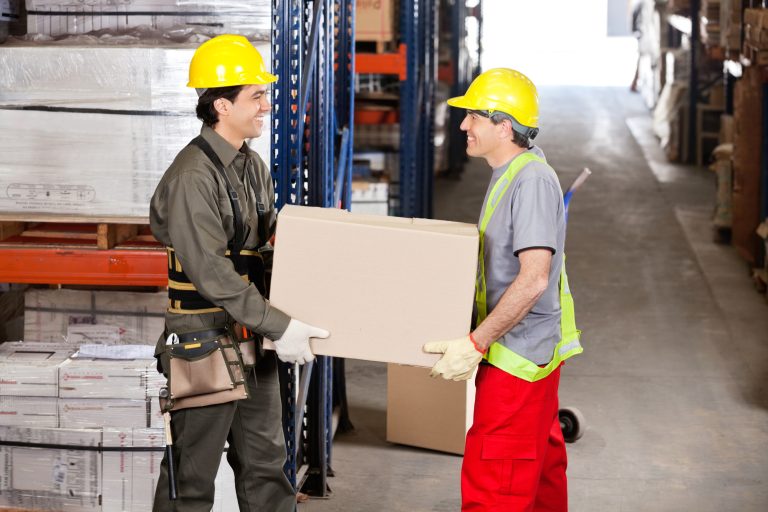A Quick Guide to the Different Kinds of Soil
You can enjoy some amazing perennials in your garden for up to 15 years, depending on the plant. But for your flowers to stick around that long, you must do two things: put in lots of effort and only use high-quality soil.
Different kinds of soil help different greenery. Some plants do great in clay soil, while others are all about that topsoil.
If you pick the right dirt, your garden will be a thing of beauty. But if you get the wrong stuff, you’ll have brown patches on your lawn. Read on to learn about the most common soils and which plants they mesh with.
Clay Soil
Clay soil types are dense, sticky, and heavy. They hold nutrients, water, and air tightly within their structure and prevent them from leaching away. Farmers love it because it’s great for needy crops, and it keeps roots from bouncing around and breaking.
Perennials also enjoy this kind of soil because it allows them to build up their root systems. This makes them tough enough to handle drought like a pro.
Sandy Soil
Sandy soil benefits plants with shallow root systems. This type of dirt can dry out fast, so plant fruits and veggies that bloom in parched conditions.
Lavender and carrots are two good examples.
Loam Soil
There are few gardening tips better than the recommendation to use loam soil.
Loam soil is a mixture of sand, silt, and small amounts of clay. It has higher amounts of organic matter than other kinds of soil. Because of this, loamy mixtures hold plenty of moisture but also drain well, which allows more air to circulate plant roots.
It’s the most versatile type of soil, and many plants will flourish in it.
You could try to create loam soil from scratch, but unless you’ve got several advanced degrees in botany, it’s probably easier to snag some from a trusted retailer like https://www.adkinsmaterials.com/products/soils-mixes. It’ll save you a lot of messy trial and error.
Peat Moss
Peat moss is a spongy and fibrous moss that’s used as a growing medium for plants. Its water absorption is unmatched and the roots of your plants will get an extra dose of nutrients.
Because of its high moisture retention, adding some peat moss to your garden bedding ensures you’ll have wet seedlings even when it’s dry outside.
Topsoil
Topsoil is the best soil to plant in. It’s the layer of dirt closest to the surface. Generally, it’s dark and packed with organic nutrients.
But finding the best topsoil requires you to know a little about its color and texture.
For topsoil, it’s usually best to go with the darkest color you can find. However, excessively dark topsoil lacks essential nutrients. A lighter color (ranging from brown to deep chocolate) is better for most crops.
Try New Kinds of Soil
Your garden will thrive when you’re constantly trying new kinds of soil. Experiment with different topsoil, clay soil, and mulches to find the perfect match for your needs. Or create a custom blend that’s perfect for your garden.
Whatever you choose, explore our home improvement section for more tips on helping your garden and property blossom.

